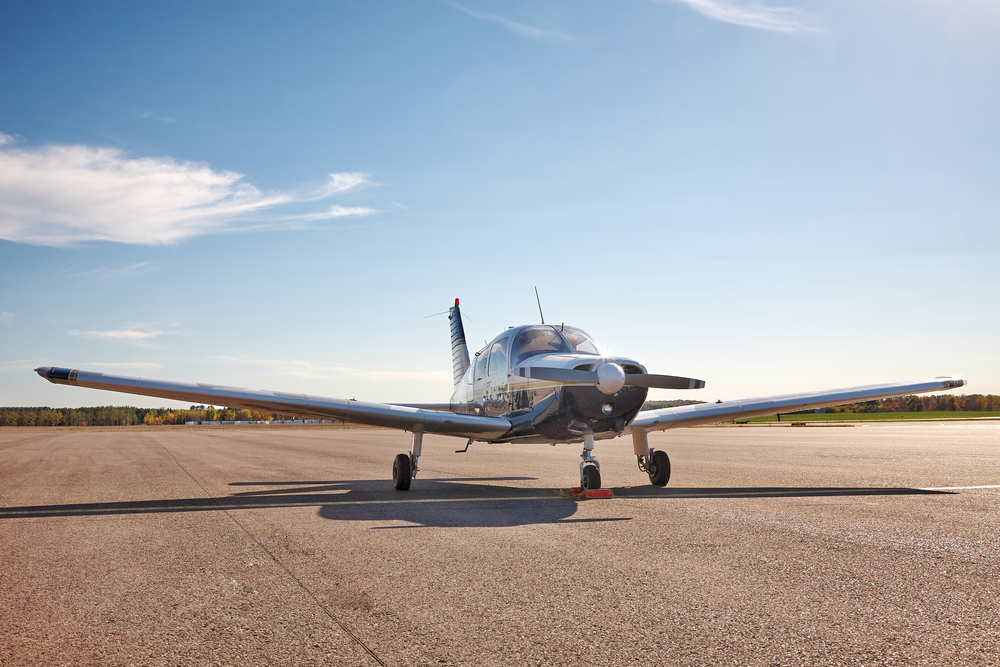How Do Pilots See at Night
How Do Pilots See at Night
Pilots rely on various instruments and technologies to navigate and ensure safety during night flights. While the cockpit might seem dark, it’s teeming with tools specifically designed for night operations.
Night Vision Adaptation
The human eye has the ability to adapt to low light conditions. This adaptation allows pilots to see using their peripheral vision. It takes around 30 minutes for eyes to fully adjust to darkness. Red cockpit lighting helps in preserving night vision by reducing glare.
Cockpit Instrumentation
Cockpit instruments provide critical information during night flights. Artificial horizon indicators, altimeters, and airspeed indicators are well-lit and provide real-time data. These instruments help pilots maintain proper altitude and direction.
Flight Management Systems (FMS) automate many tasks. They provide data on navigation, flight planning, and fuel management. This lowers the workload, allowing pilots to focus more on flying the plane safely.
External Lighting
Aircraft are equipped with an array of external lights. These include navigation lights, which are colored LEDs located on the wings and tail. Red lights are on the left wing, green lights on the right, and white lights on the tail. These help other pilots determine the orientation of the aircraft at night.
Landing lights are powerful and illuminate the runway during landing and takeoff. Taxi lights assist in maneuvering on the ground. Finally, strobe lights help make the aircraft visible to others in the sky.
Navigation Aids
VOR (VHF Omnidirectional Range) beacons and NDB (Non-Directional Beacons) guide aircraft to their destinations. Pilots use onboard receivers to pick up these signals and navigate accordingly. GPS provides real-time positioning data. This allows for precise navigation, even in poor visibility conditions.
ILS (Instrument Landing Systems) assist during landing. They provide lateral and vertical guidance to the runway. Terminal radar approach control helps monitor and guide aircraft in and out of busy airspace.
Weather Radar
Weather radar systems detect precipitation, turbulence, and other weather phenomena. They use radio waves to create a map of weather conditions ahead. This helps pilots avoid severe weather and makes night flying safer.
Enhanced Vision Systems (EVS)
EVS use infrared sensors to detect objects in low visibility. These systems display real-time thermal images, highlighting obstacles, terrain, and weather. EVS improve situational awareness, especially during approaches and landings.
Head-Up Displays (HUD)
HUDs project key flight information onto a transparent screen in the pilot’s field of view. This allows pilots to monitor vital data without looking down. HUDs display altitude, speed, flight path, and navigation cues.
Communication
Constant communication with air traffic control (ATC) ensures pilots receive latest information on weather, traffic, and runway conditions. ATC provides clearance instructions, preventing conflicts with other aircraft. Pilots also use onboard radio systems to communicate with other pilots.
Training and Simulation
Pilots undergo extensive training for night flying. Simulators replicate night conditions and help pilots practice night approaches, landings, and dealing with instrument failures. This ensures they are well-prepared for real night flight scenarios.
Autopilot Systems
Autopilot systems assist in maintaining course, altitude, and speed. They reduce pilot workload, allowing them to monitor instruments and communicate effectively. Modern autopilots are capable of handling complex flight phases, including takeoff, cruising, and landing.
Synthetic Vision Systems (SVS)
SVS use 3D terrain maps and GPS data to create virtual landscapes on cockpit displays. These systems provide a clear view of the terrain and potential obstacles. SVS improve spatial awareness, particularly in unfamiliar areas.
Night Vision Goggles (NVG)
NVGs amplify available light, including infrared. They are less common in commercial aviation but are used in military and some civilian operations. NVGs enable pilots to see with greater clarity in very dark conditions.
Checklists and Procedures
Pilots follow specific checklists and procedures for night flights. These ensure all systems are operational and help in identifying potential issues. Procedures cover everything from pre-flight inspections to emergency protocols.
Lighting Inside the Airplane
Cabin and cockpit lighting can be adjusted to keep visibility optimal. Dim cabin lights during takeoff and landing prevent glare. Adjustable backlighting on instruments and screens aids in reducing strain on the pilot’s eyes.
Runway and Approach Lighting
Airports have extensive lighting systems that guide aircraft during takeoff and landing. Runway edge lights outline the path, while approach lights give visual guidance during landing. Some runways have centerline lights providing extra visual cues.
Visual Approach Slope Indicators (VASI)
VASI systems use colored lights to indicate the correct glide path during landing. When on the correct path, the pilot sees two white and two red lights. Deviating too high or low changes the color pattern, alerting the pilot to adjust descent accordingly.
Terrain Awareness and Warning Systems (TAWS)
TAWS alert pilots of potential collisions with terrain. They use GPS and onboard data to predict the flight path. If the system detects danger, it issues visual and auditory warnings to prompt corrective action.
Flight Data Monitoring
Real-time data monitoring systems track aircraft performance. These systems collect data on engine status, flight path, and system health. They assist pilots in maintaining optimal performance and detecting anomalies early.
Situational Awareness
A key to night flying is maintaining high situational awareness. Pilots must stay vigilant, continuously monitoring instruments and surroundings. They rely on their training, technology, and communication to maintain a clear picture of their environment.
Thermal Imaging Cameras
Mounted on some aircraft, these cameras detect heat signatures. They provide an additional layer of vision, aiding in spotting other aircraft, wildlife on runways, or ground obstacles.
Automation and Monitoring
Modern aircraft are equipped with advanced automation systems. Automated systems constantly monitor aircraft performance and environment, enabling pilots to manage flight tasks efficiently. These systems provide real-time data, assisting in decision-making.
Importance of Redundancy
Aircraft systems have multiple redundancies built-in. Multiple layers of back-up systems ensure that if one fails, another can take over. This redundancy is crucial for maintaining safety, particularly at night.
